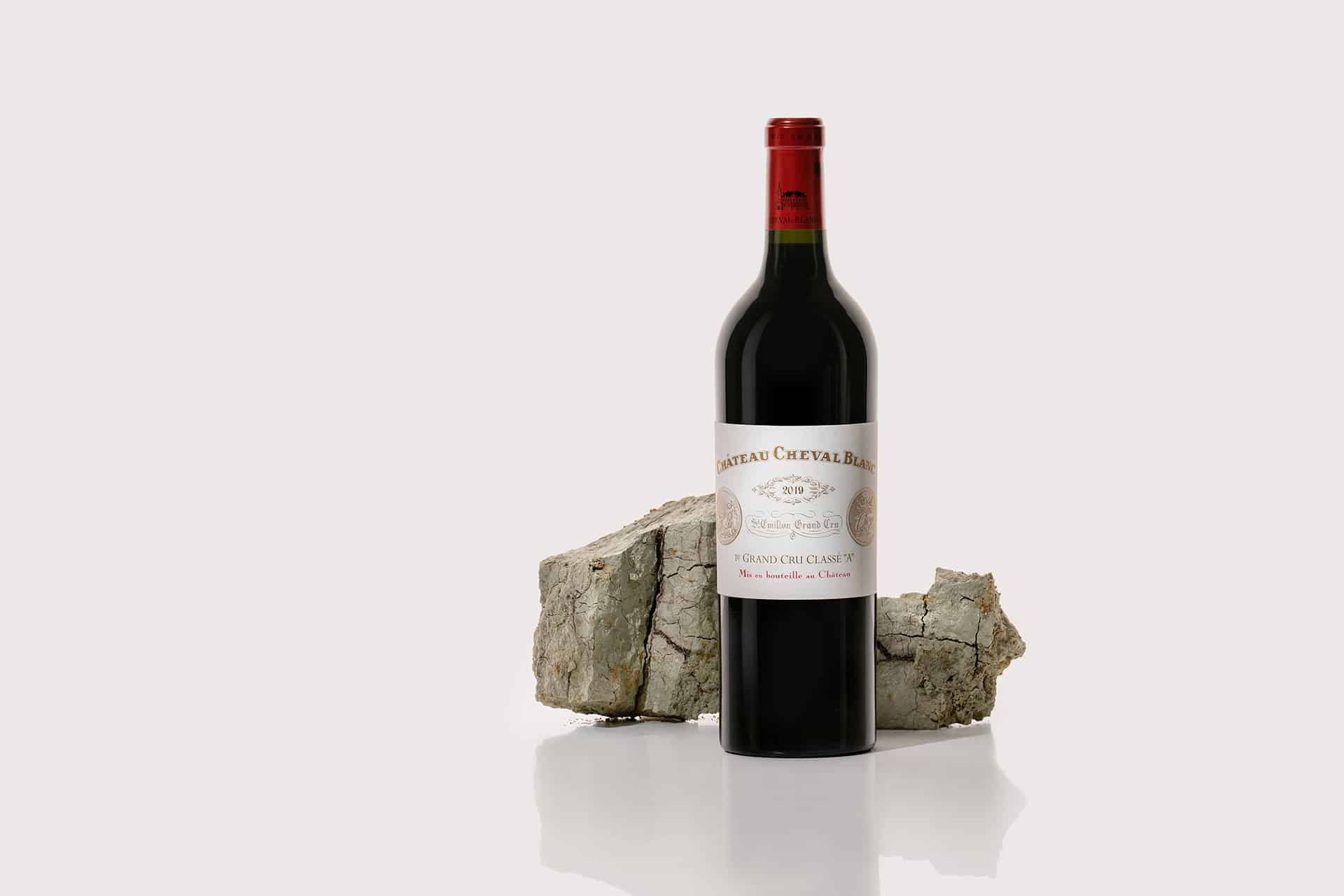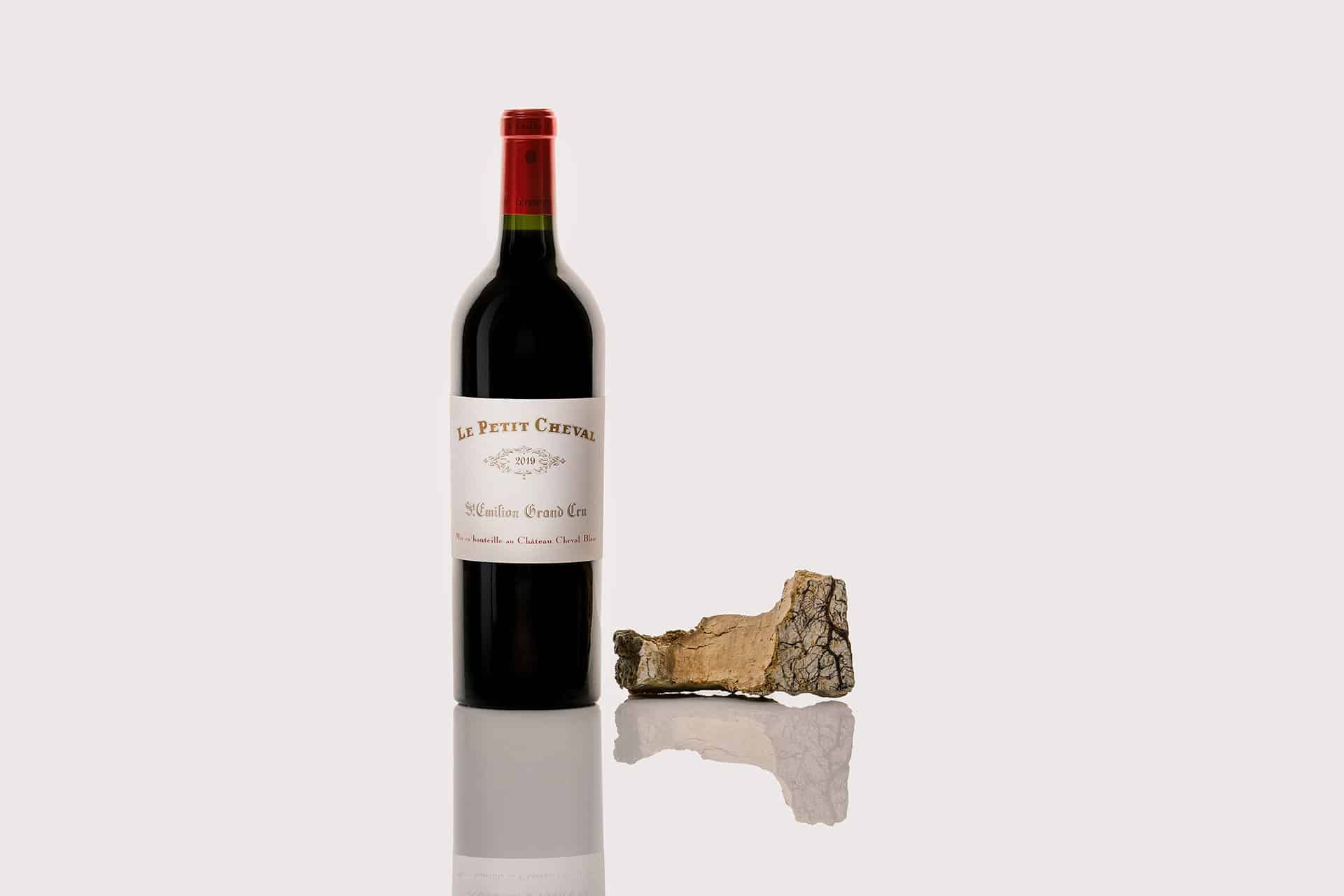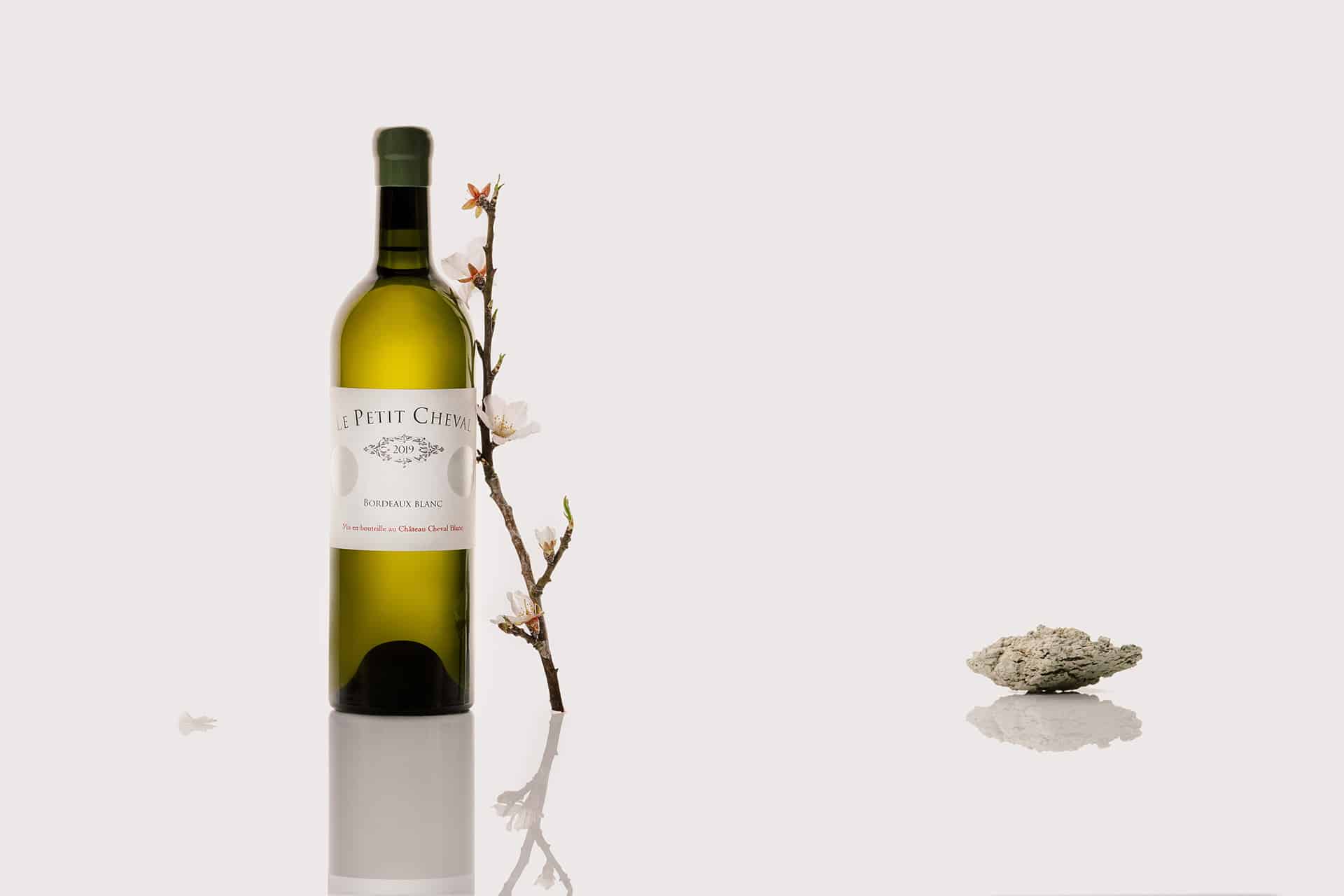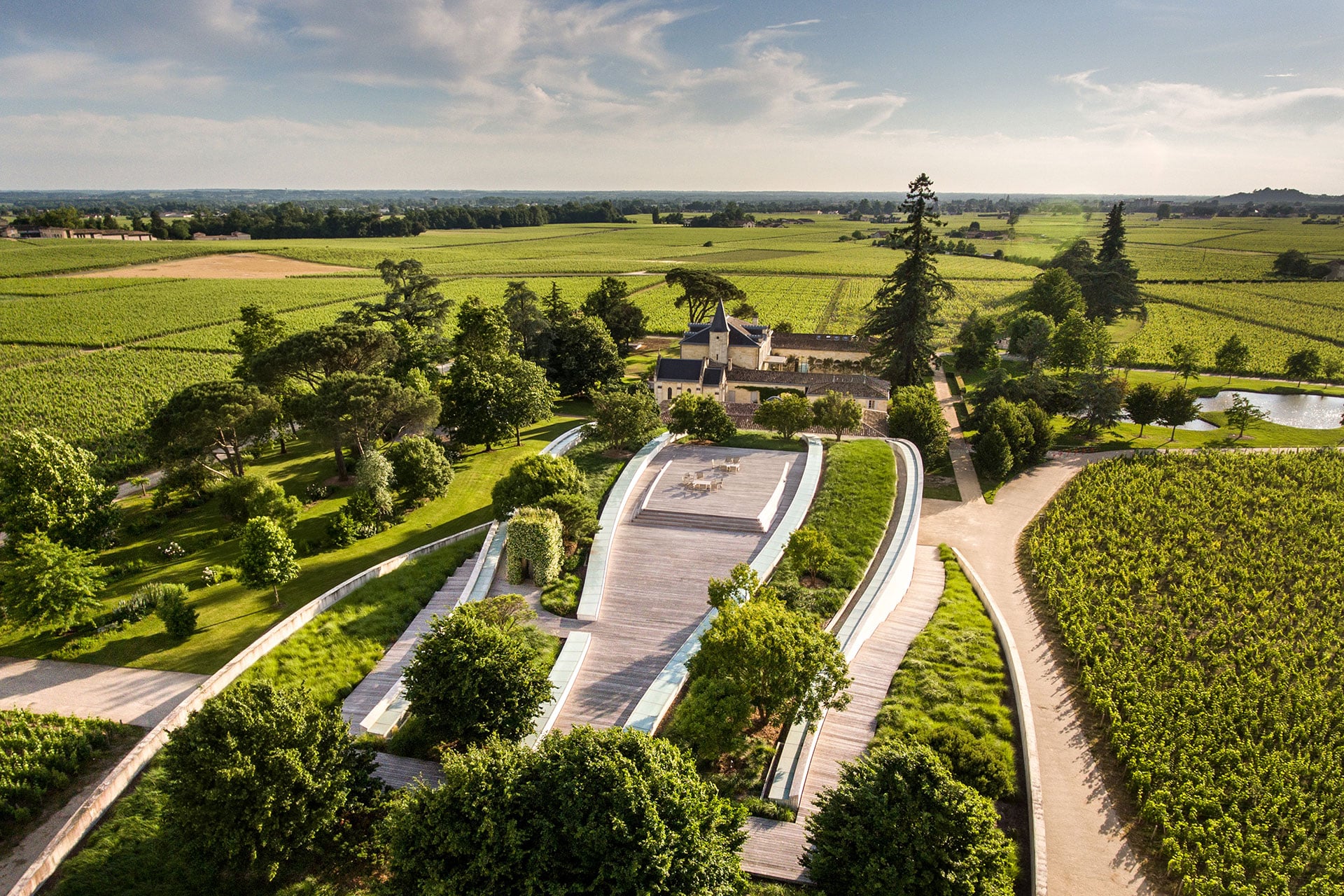Le Petit Cheval
Discover vintagesPetit Cheval is produced from the same terroir and varietals as its big brother and is positioned as a different wine from the Château. First produced in 1988, Petit Cheval belongs to the exclusive circle of ‘second wines’ within the prestigious ‘Club of Nine’. Its unanimously recognised quality has brought this wine exponential notoriety and endowed it with the status of a great wine in its own right.
It is not produced from one specific plot. This means that any of Cheval Blanc’s grapes can be selected by the team to make up the blend for Petit Cheval. As is the case with its big brother, Petit Cheval is the result of a rigorous selection of approximately ¼ of the harvest.
A growing number of wine lovers have been seduced by its pleasurable, charming and supple character. As a more accessible wine, Petit Cheval offers an excellent introduction to Cheval Blanc. It shows the same typicity whilst opening up a touch more quickly to reveal elegance and finesse.

Château Cheval Blanc in 2023
-
Gravelly soil
PEYROSOL
PEYROSOL with deep gley
Gravelly-sandy BRUNISOL on a clay-loam floor
Slightly redoxic sandy BRUNISOL on ruby clayey sands
-
Clay soil
Sedimorphic PLANOSOL on heavy clay
Sedimentary PLANOSOL on a clay-loam floor
REDOXISOL sandy clay subsoil
-
Sandy soil
ARENOSOL
Deep gleyed sandy LUVISOL
REDOXISOL sandy clay subsoil
Le Petit Cheval – white wine
-
Sandy-gravelly soil
sandy-gravelly COLLUVIOSOLS with clay subsoil
Sandy-gravelly COLLUVIOSOLS with sandy-clay subsoil
-
Sandy soil
sandy colluvial REDOXISOLS
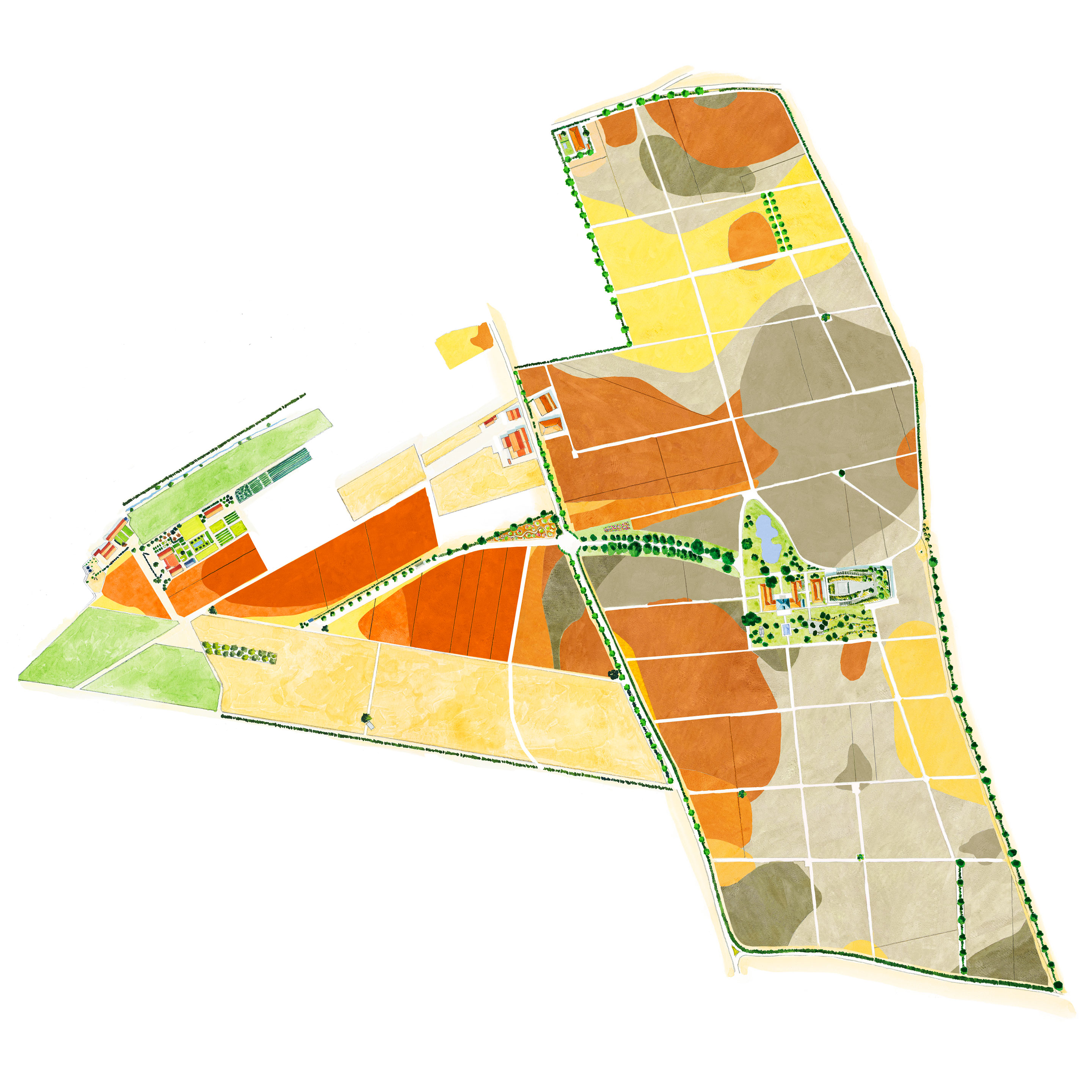
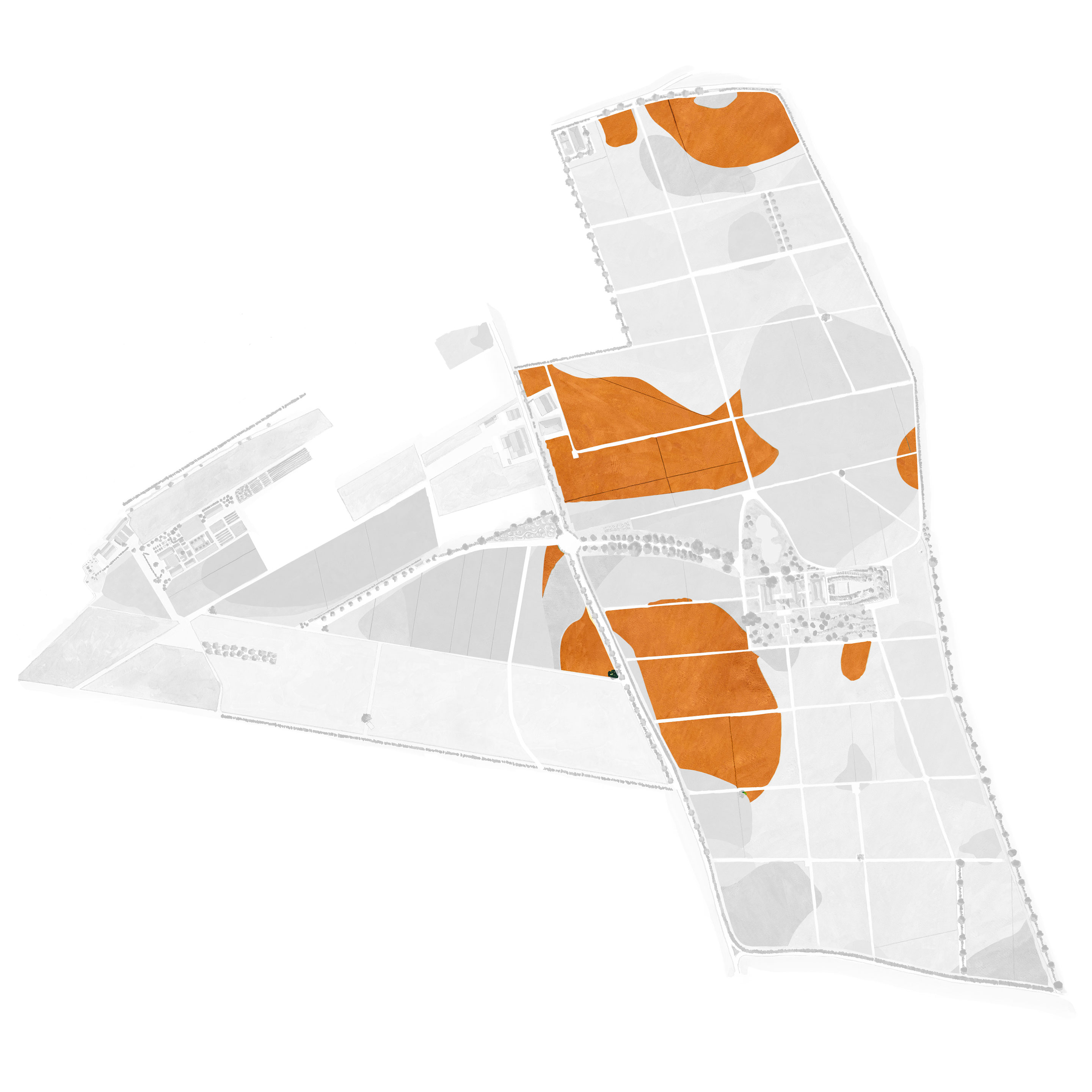
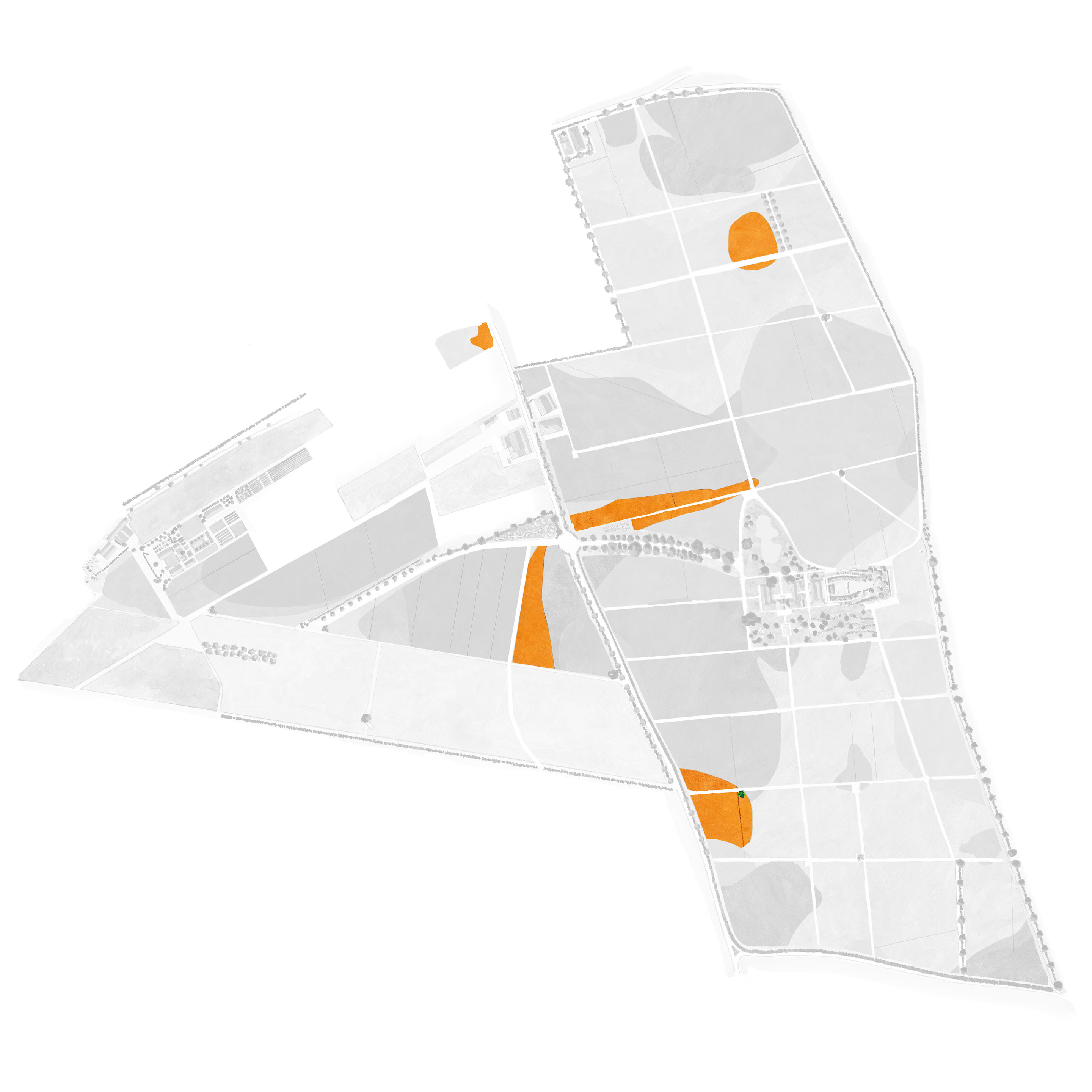
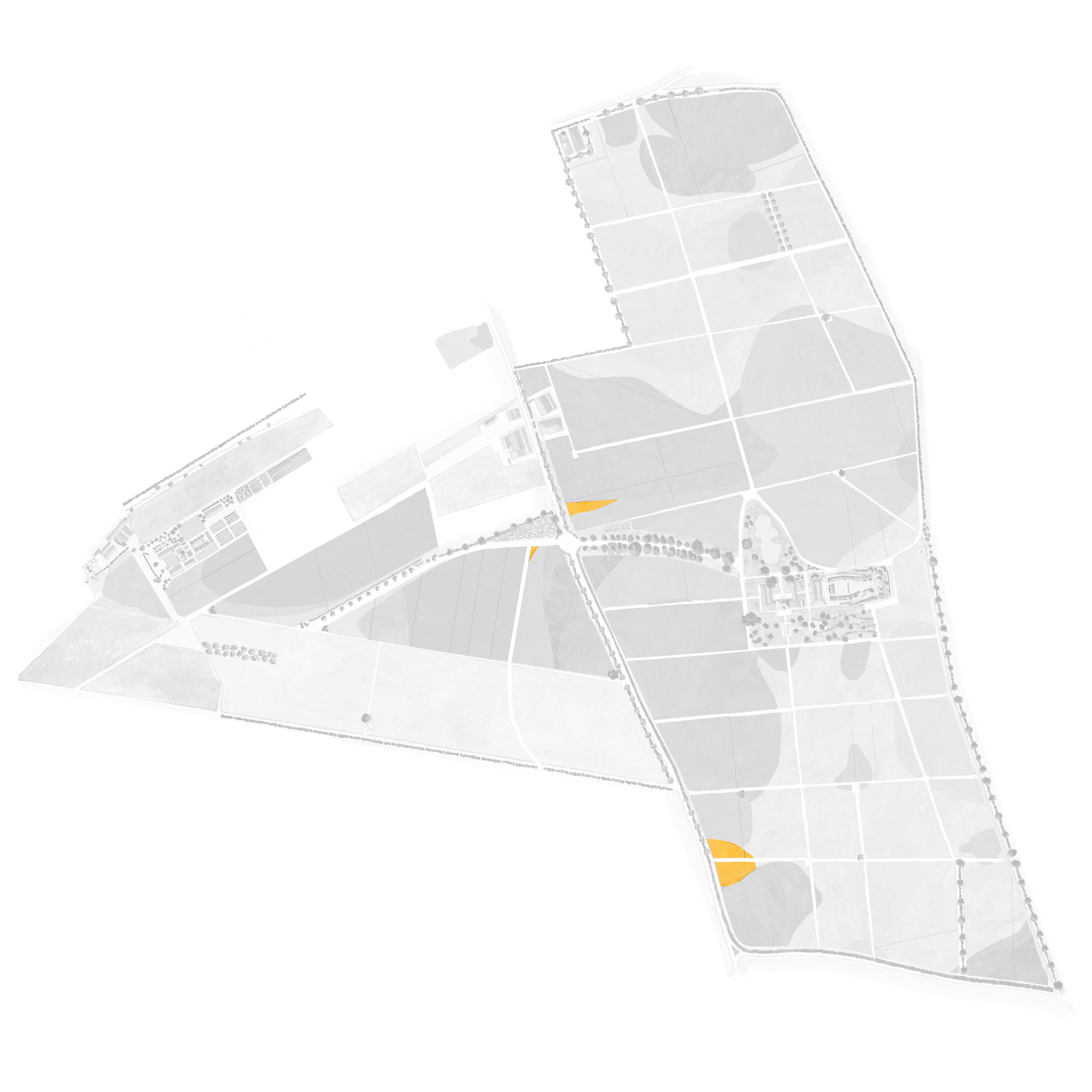
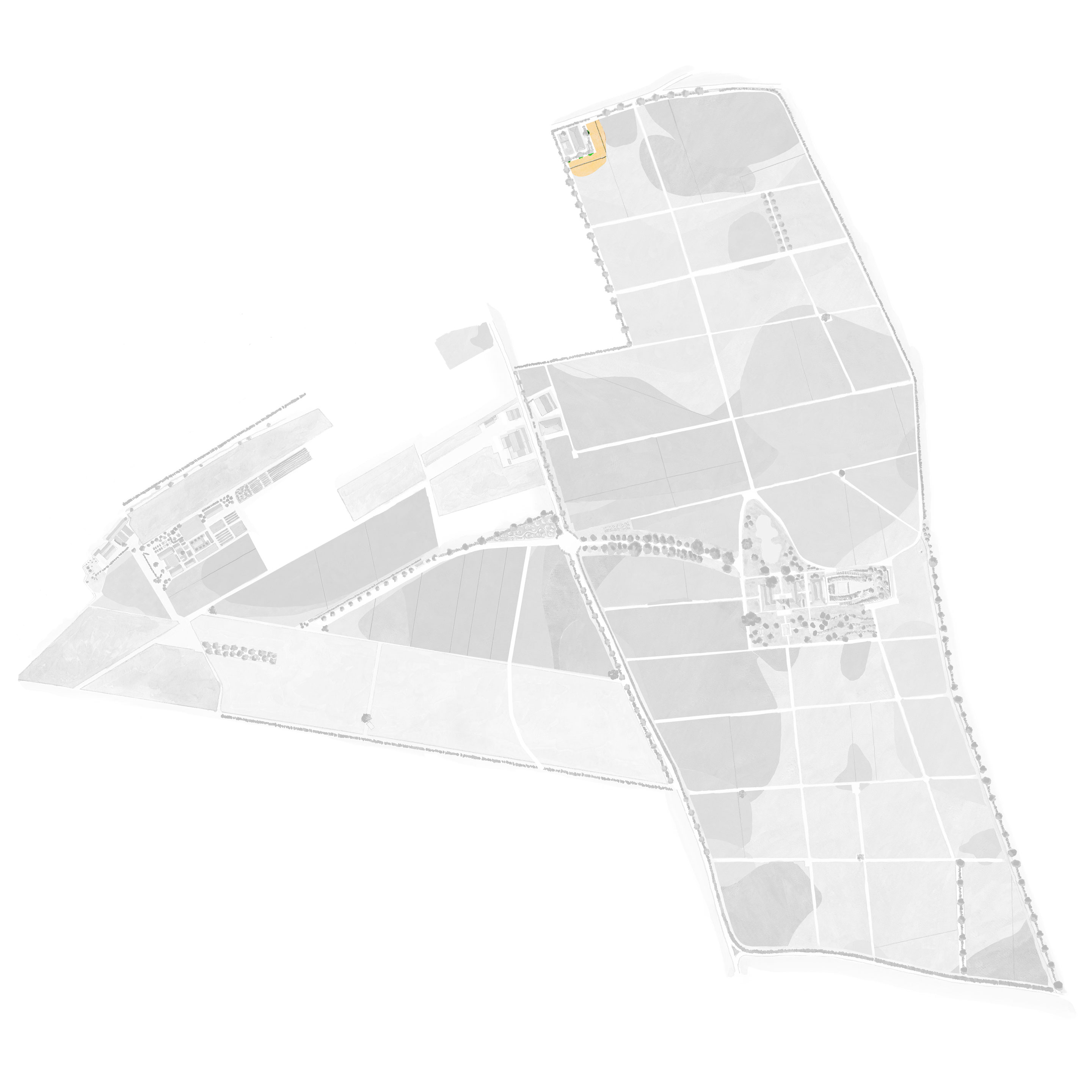
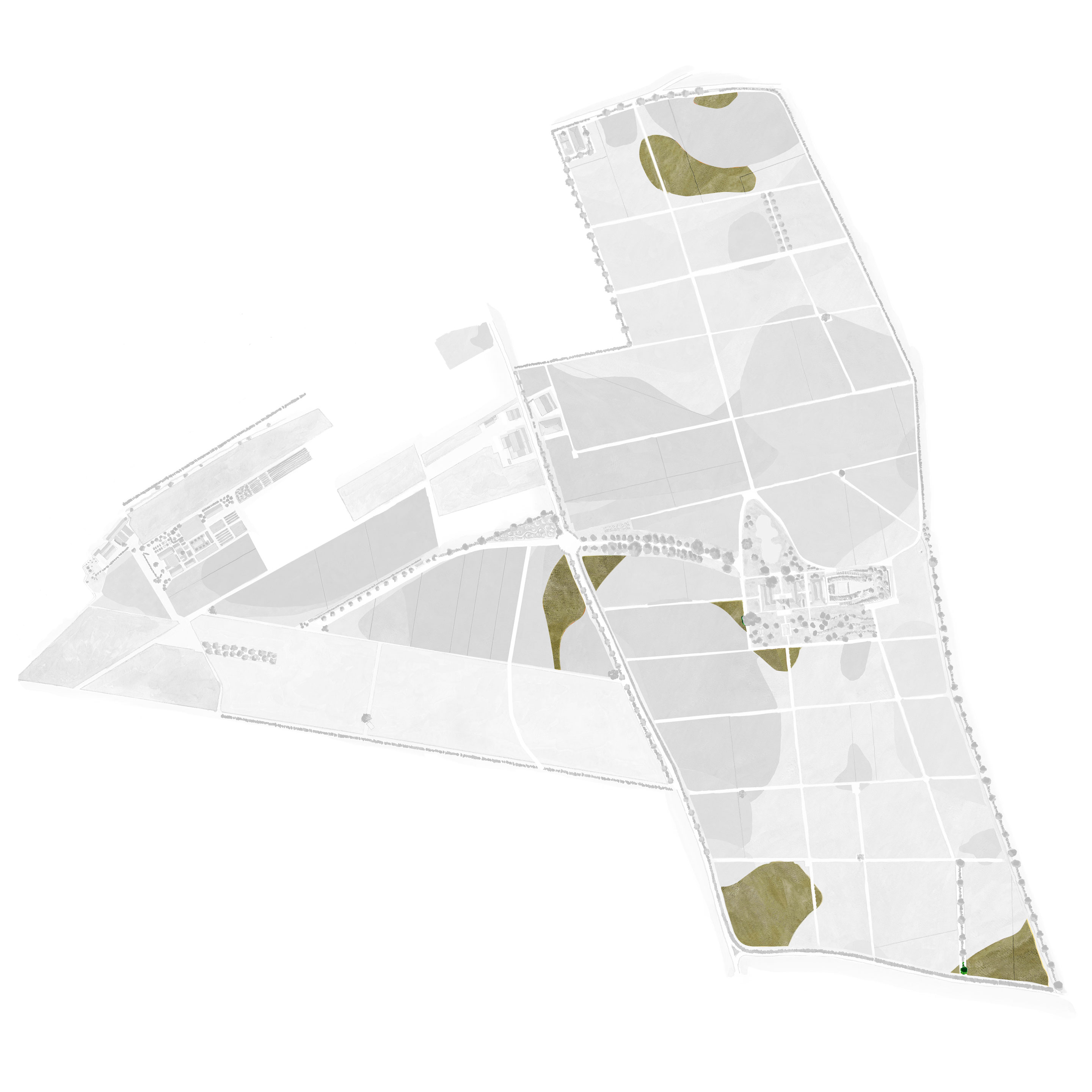
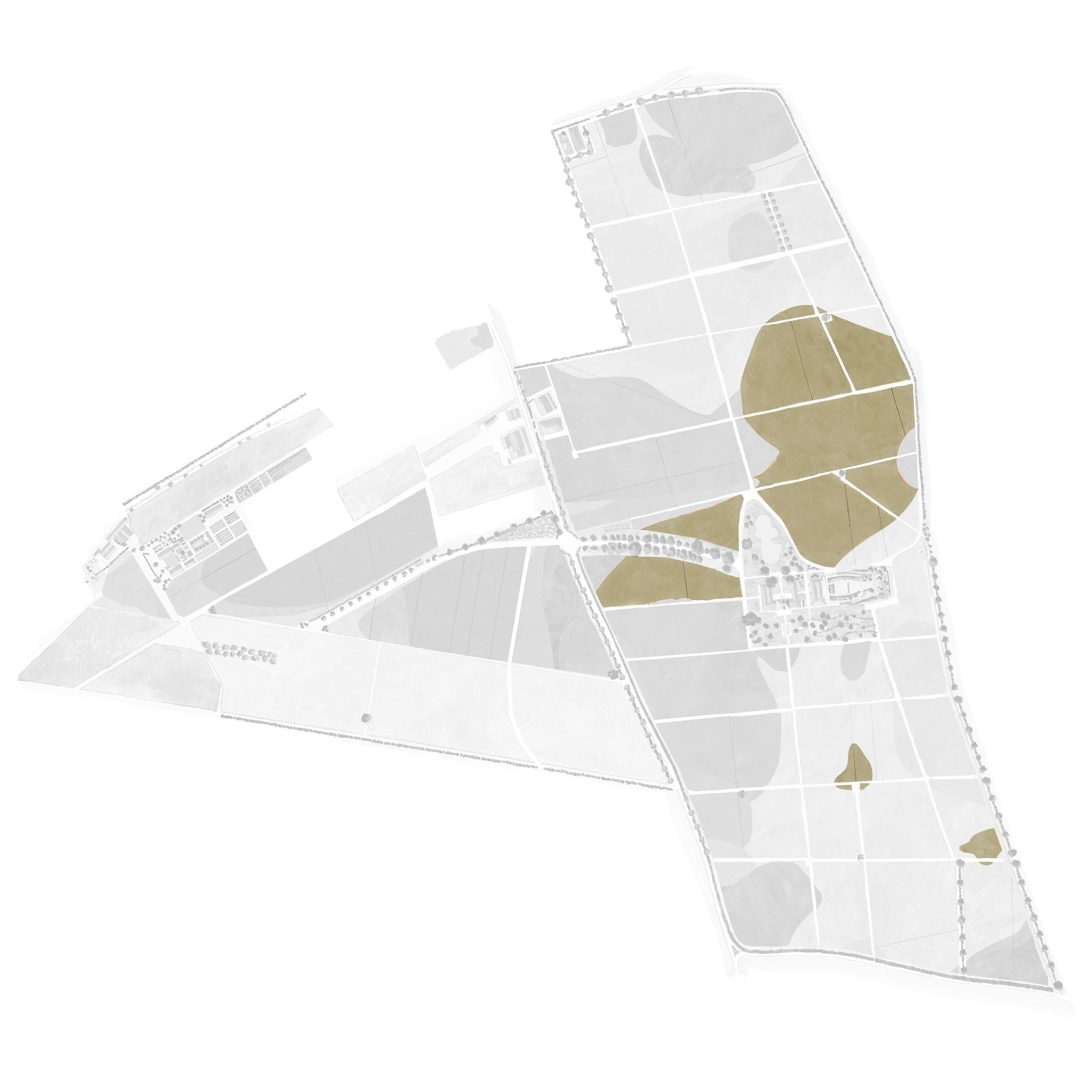
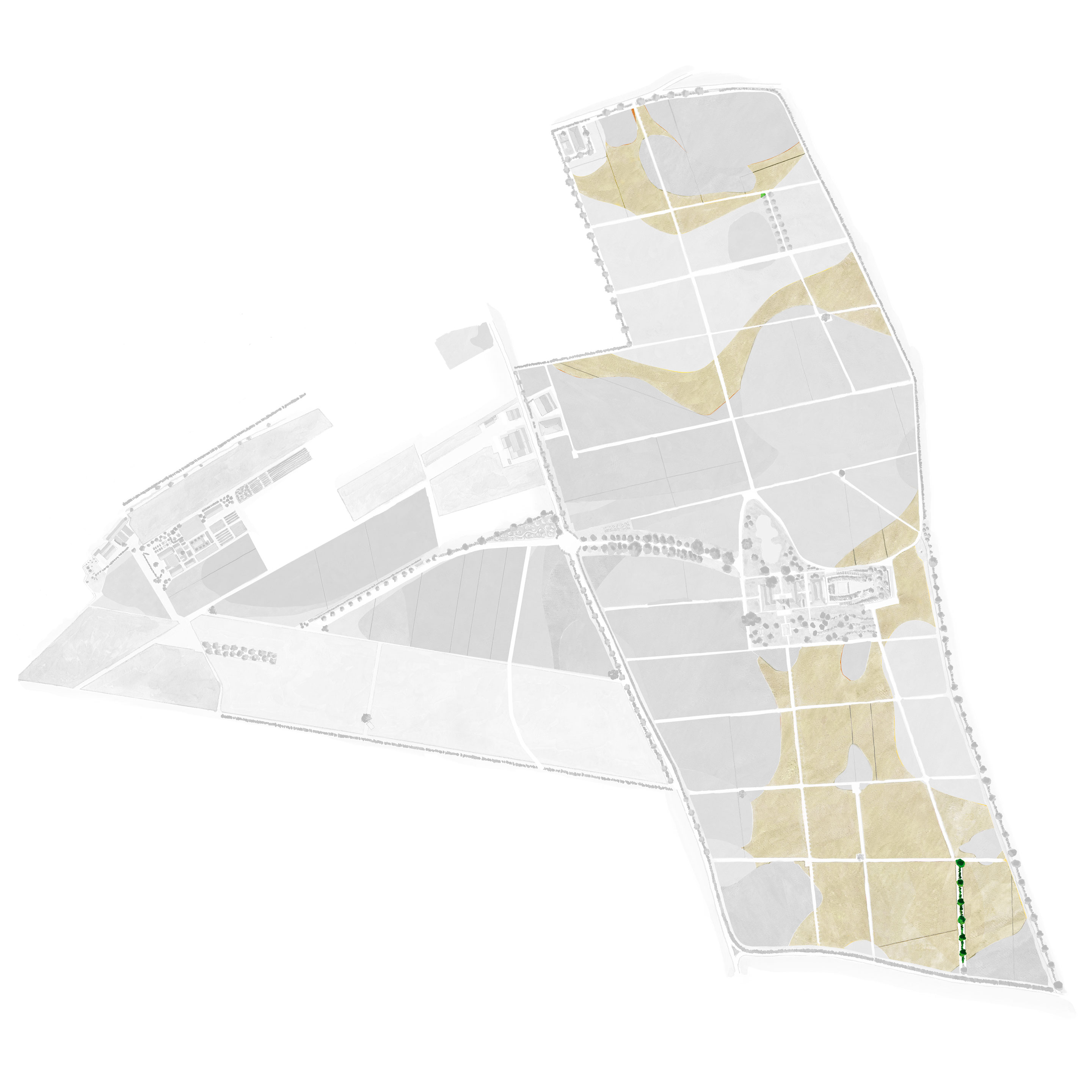
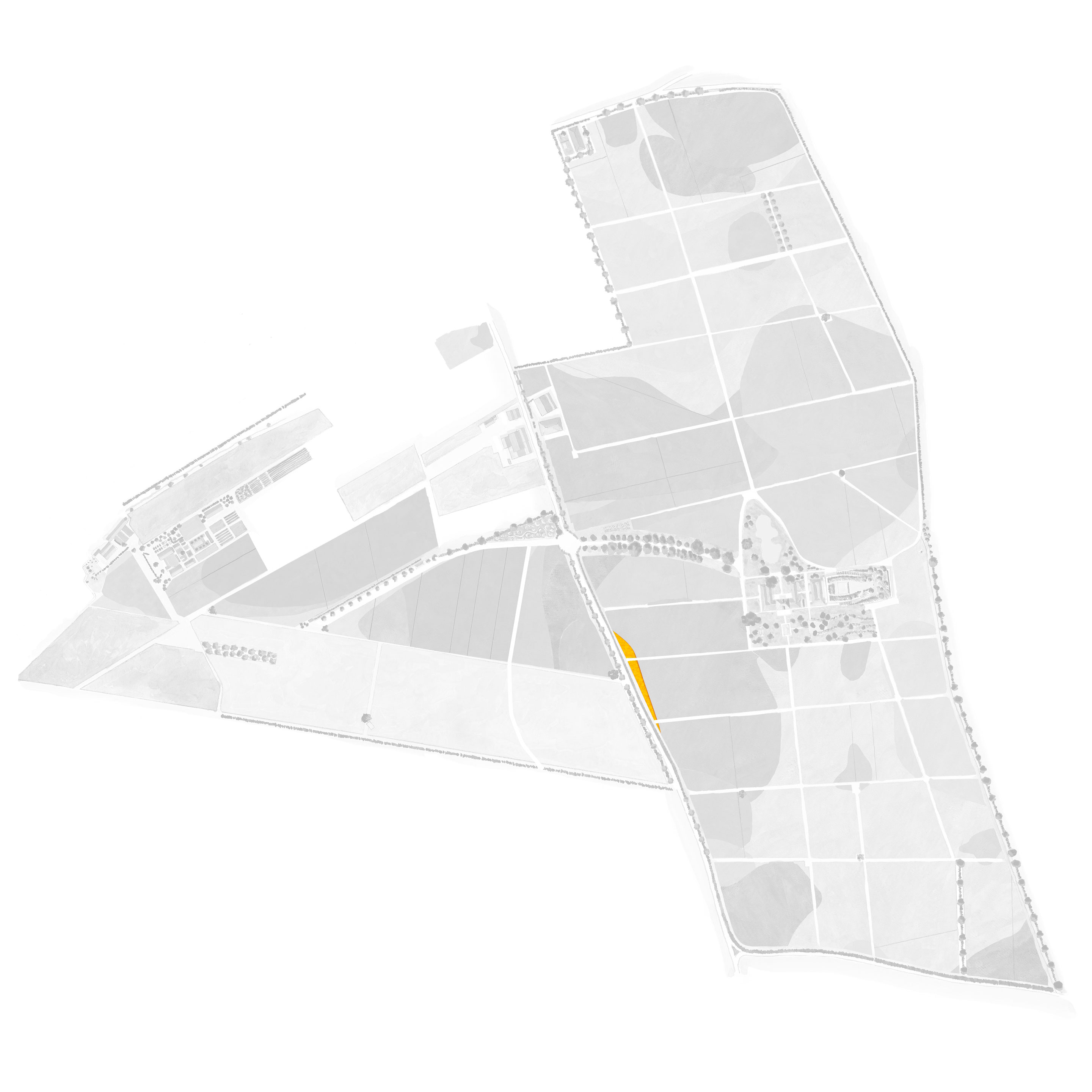
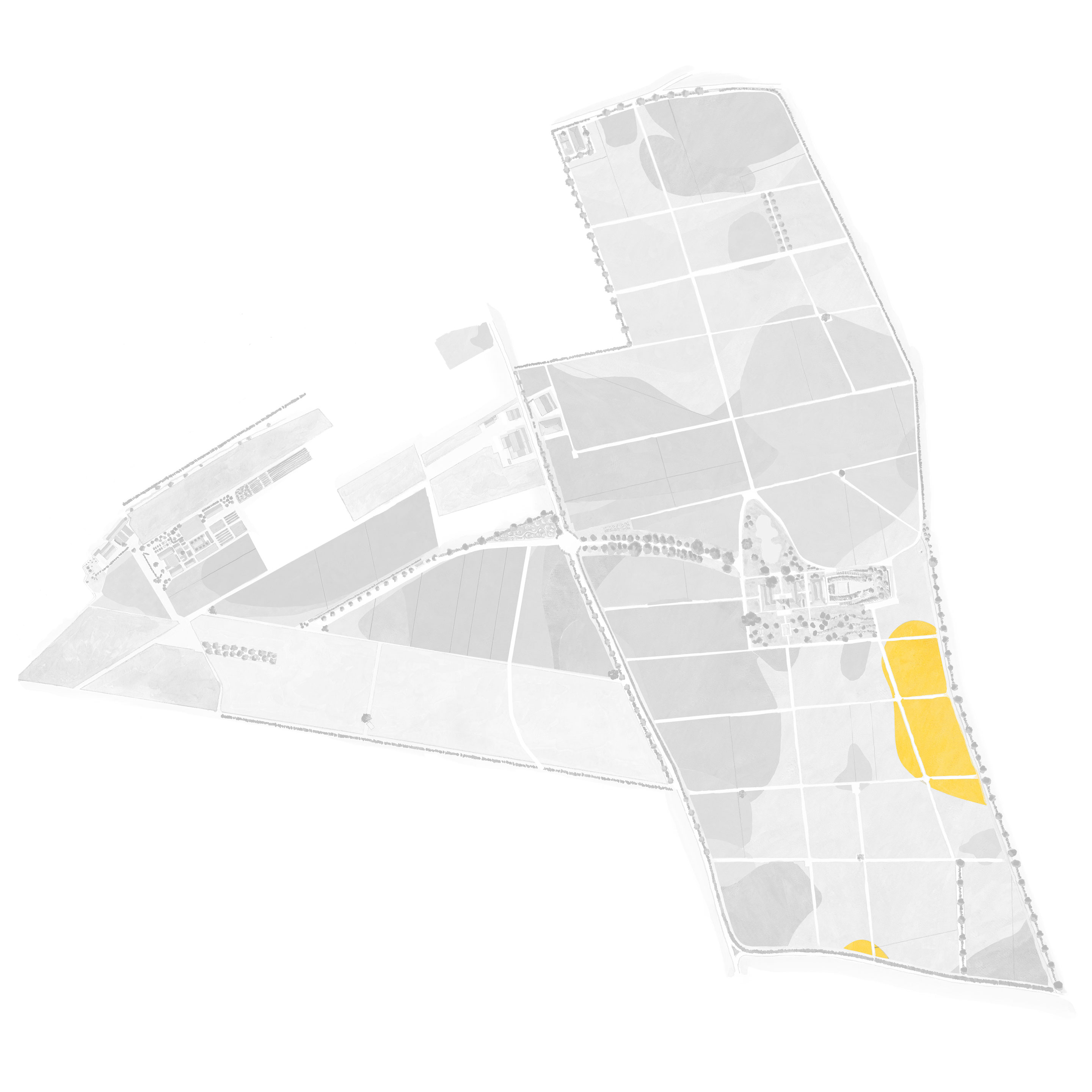
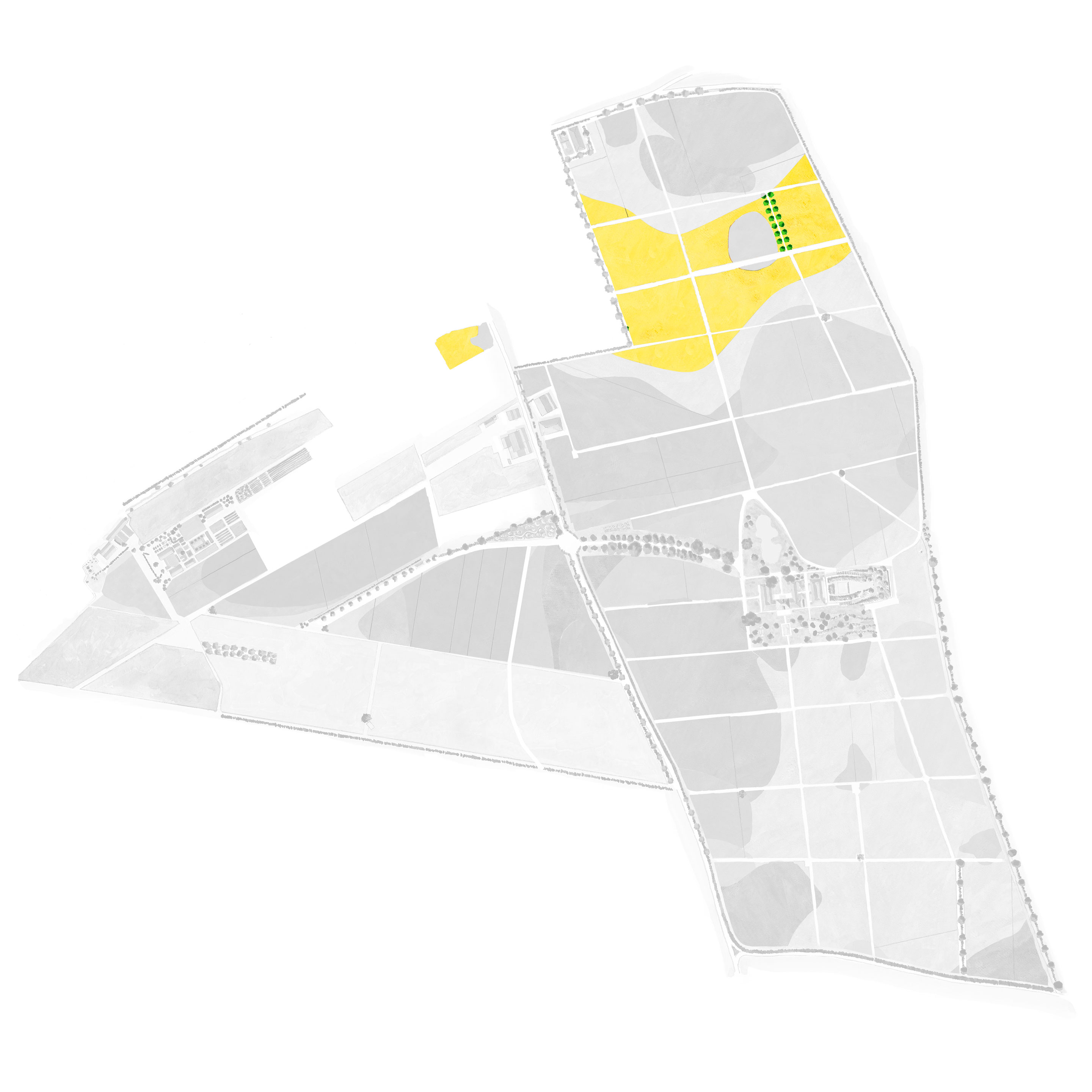
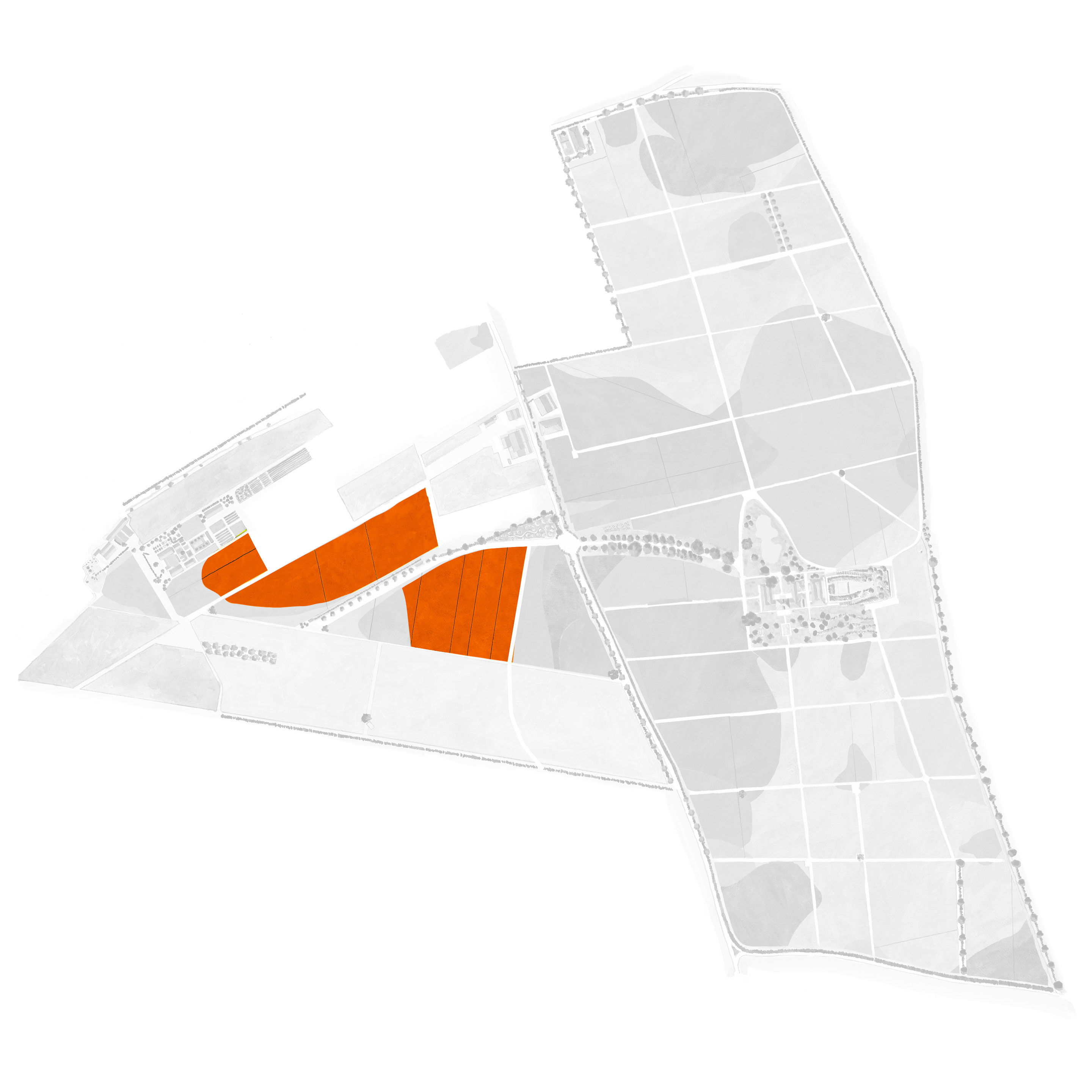
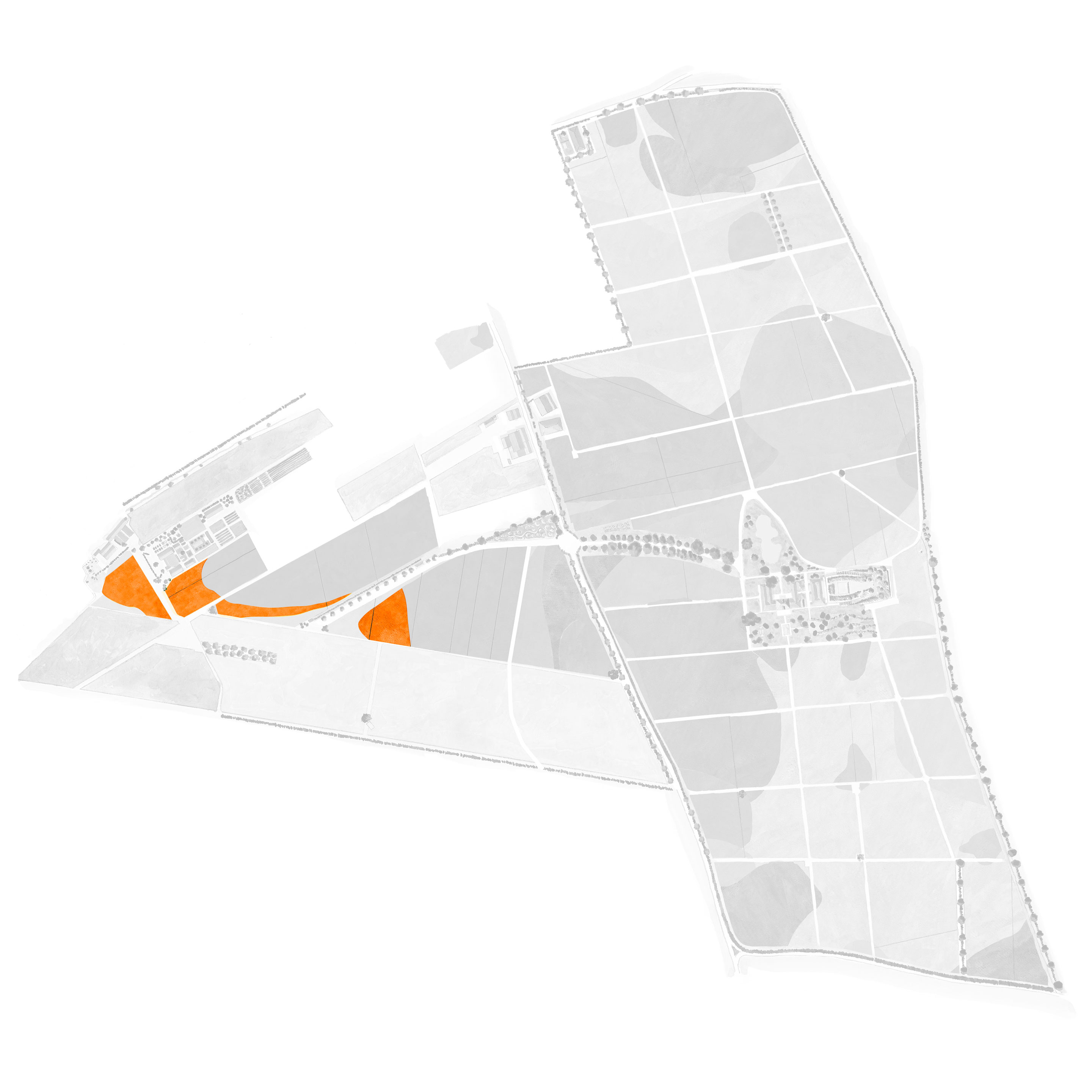
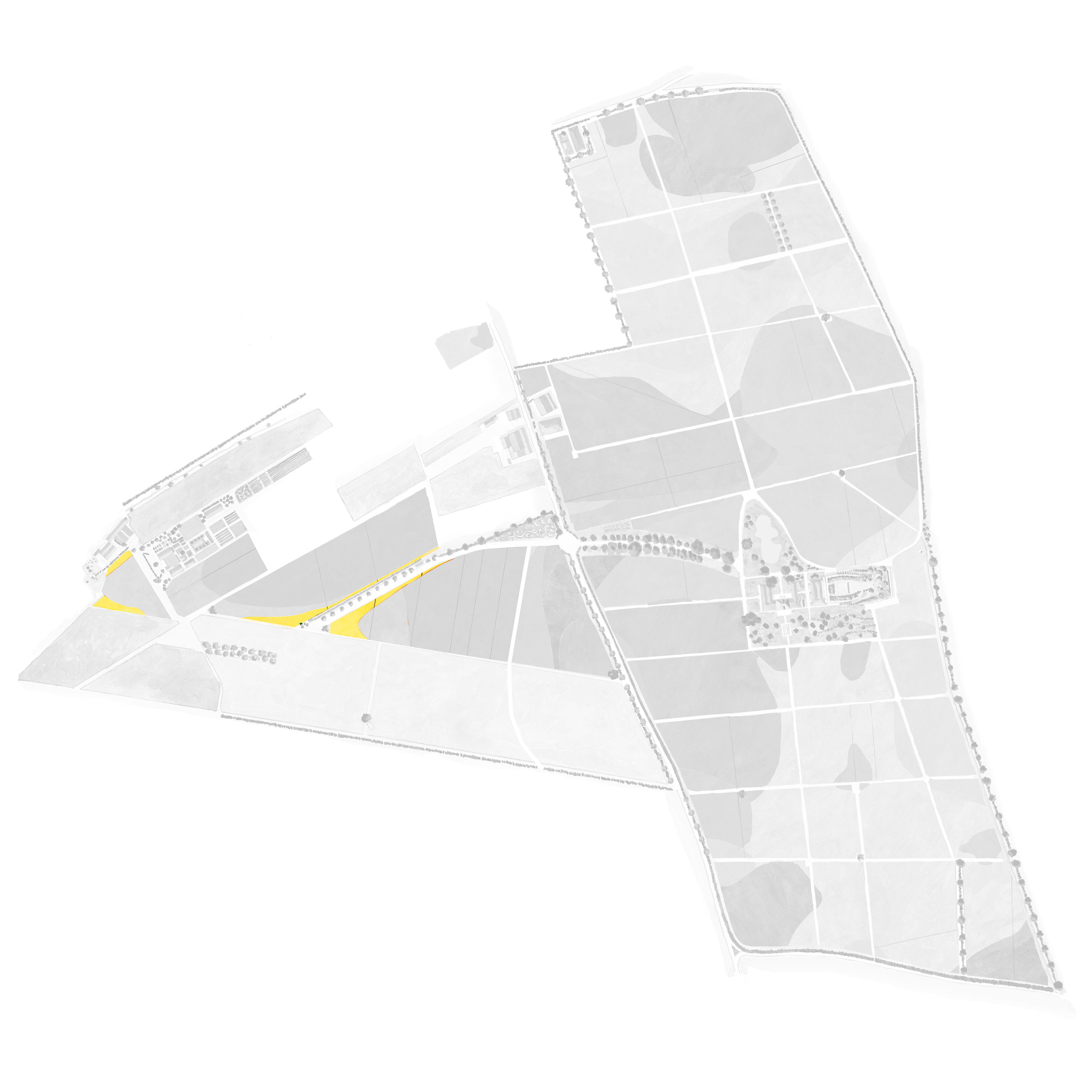
Château Cheval Blanc in 2023
-
Cabernet franc
-
Merlot
-
Cabernet sauvignon
-
Malbec
Le Petit Cheval – white wine
-
Sauvignon blanc
-
Sémillon
Château Cheval Blanc
Parcelle 11A - Les 2 journaux des Argiles
-
Plantation
1952
-
Prod. réelle
1,8638
-
Prod. cadastrale
2,0010
-
Grape variety
Cabernet franc
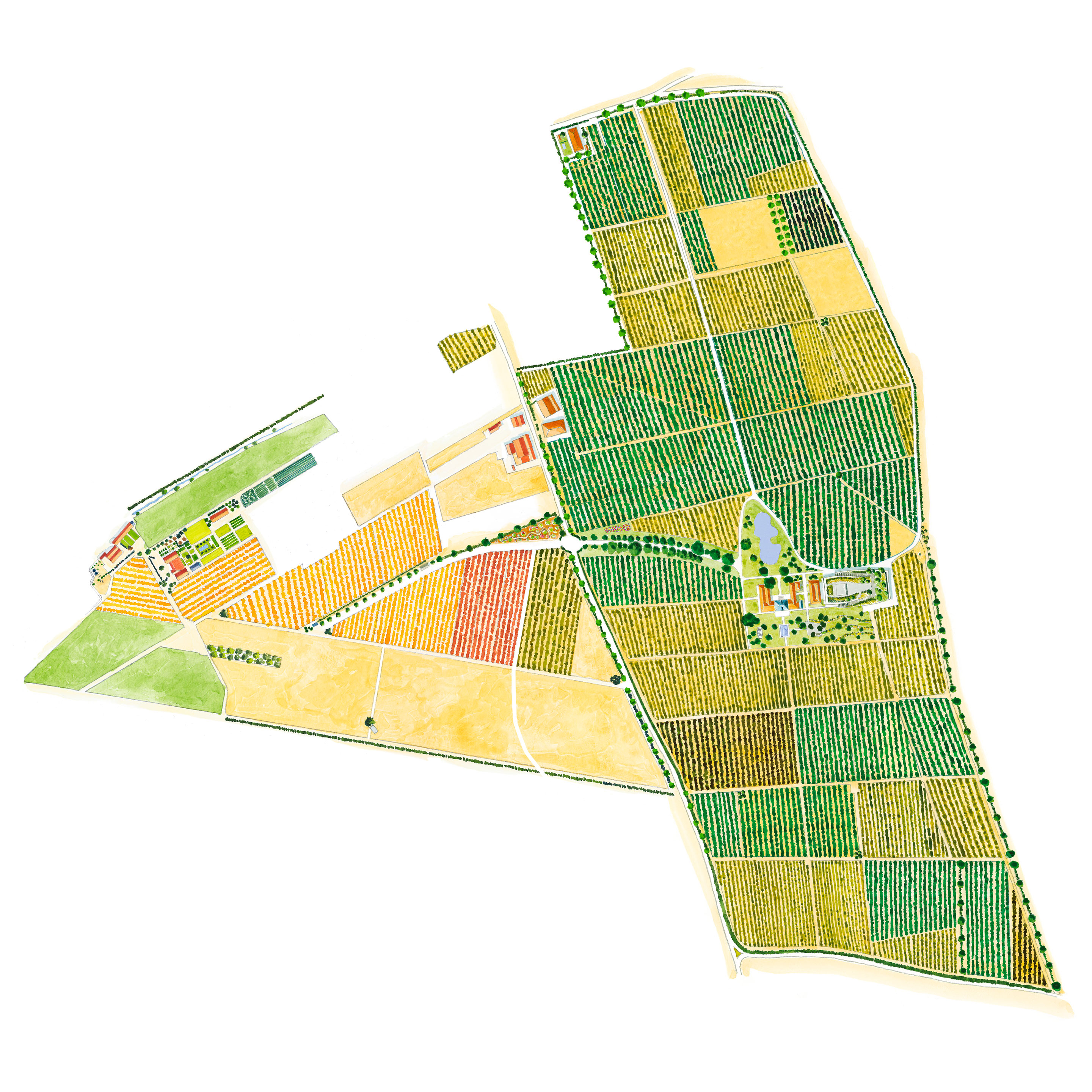
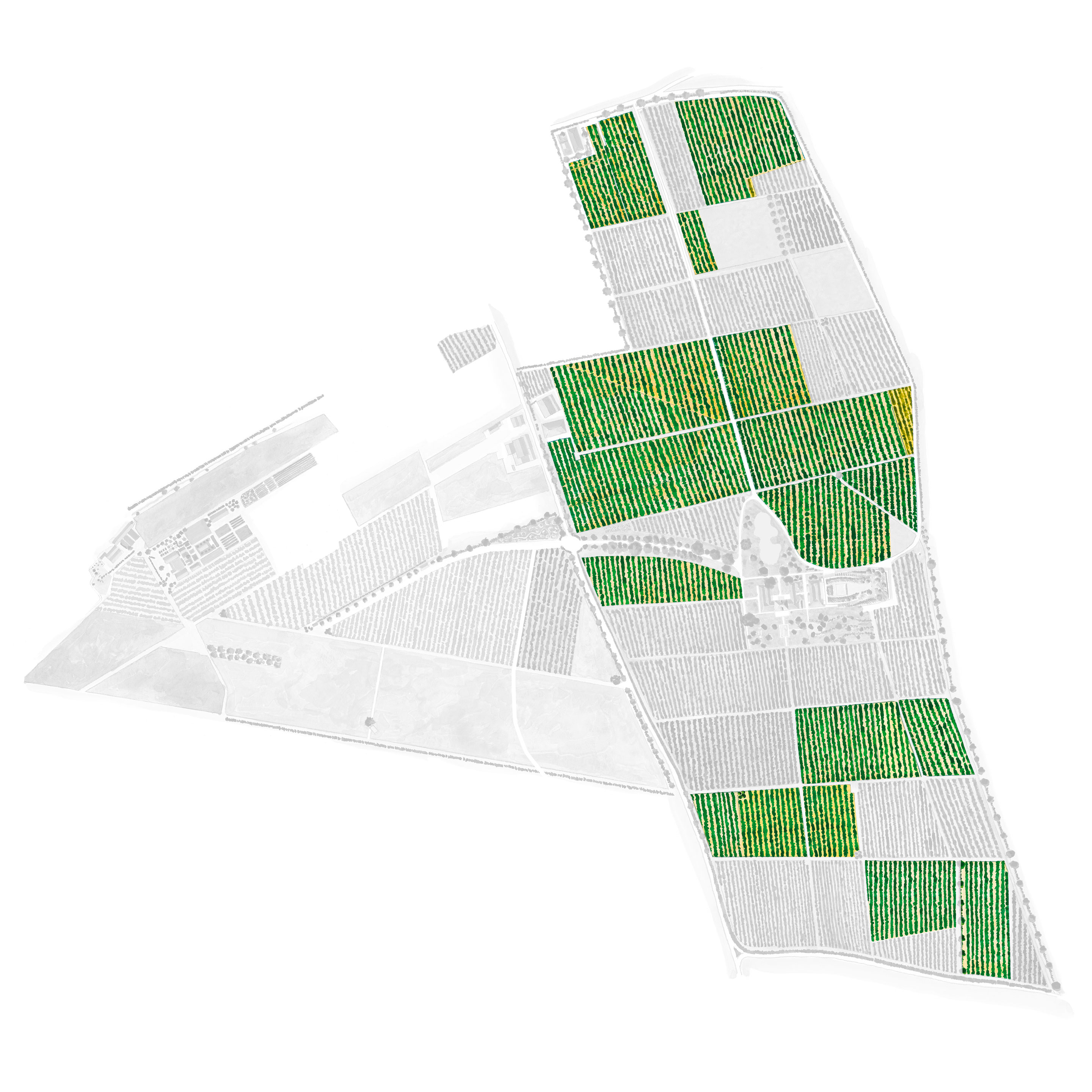
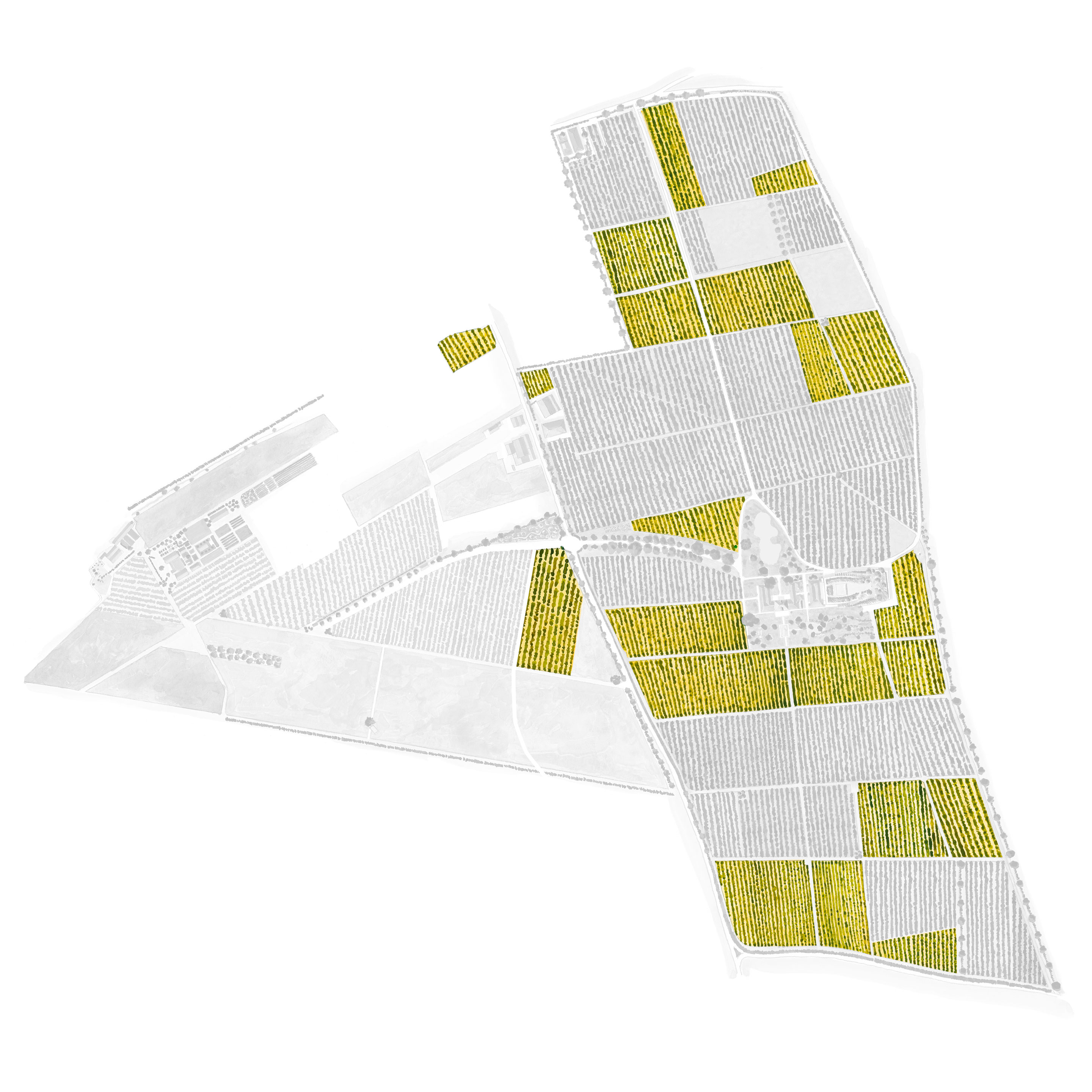

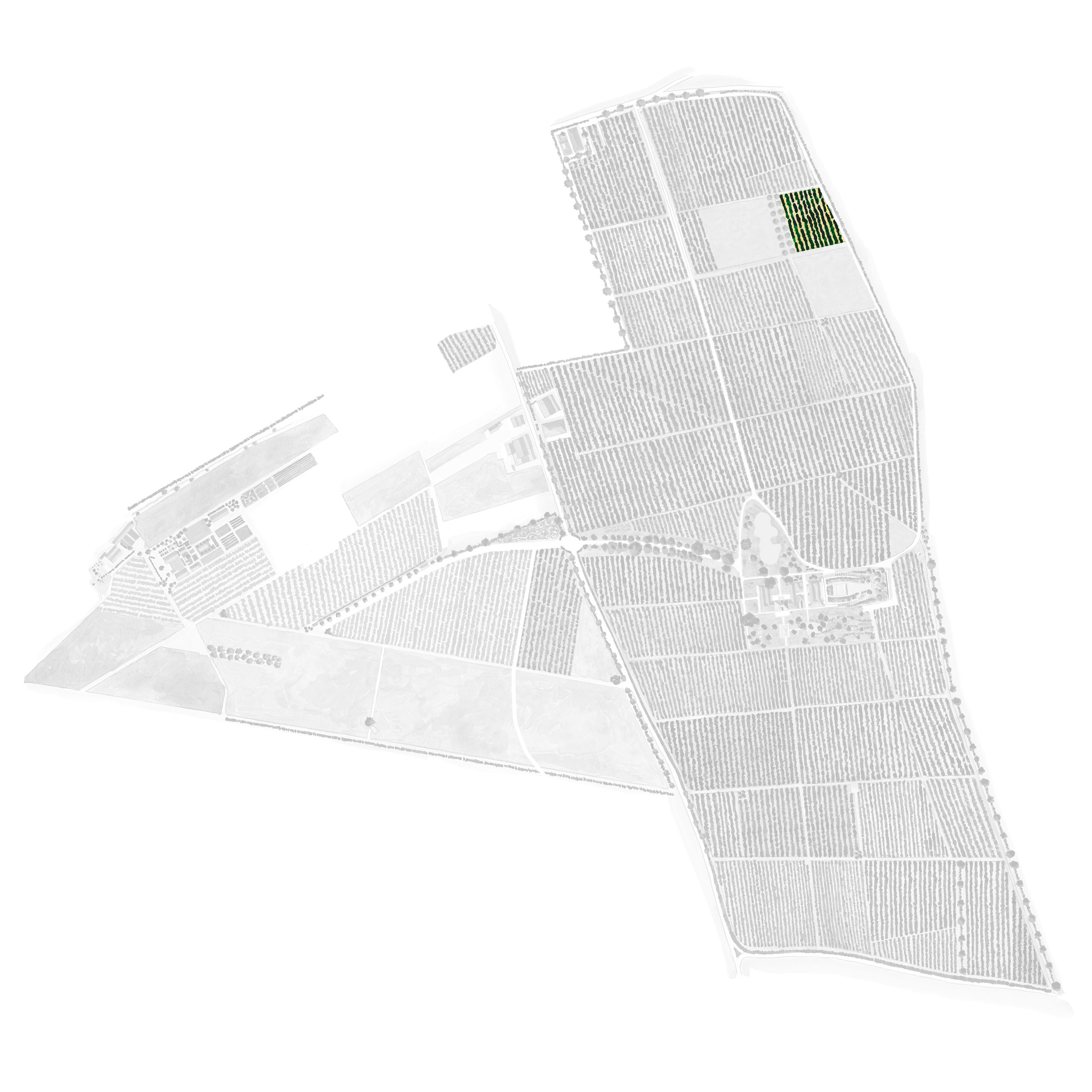
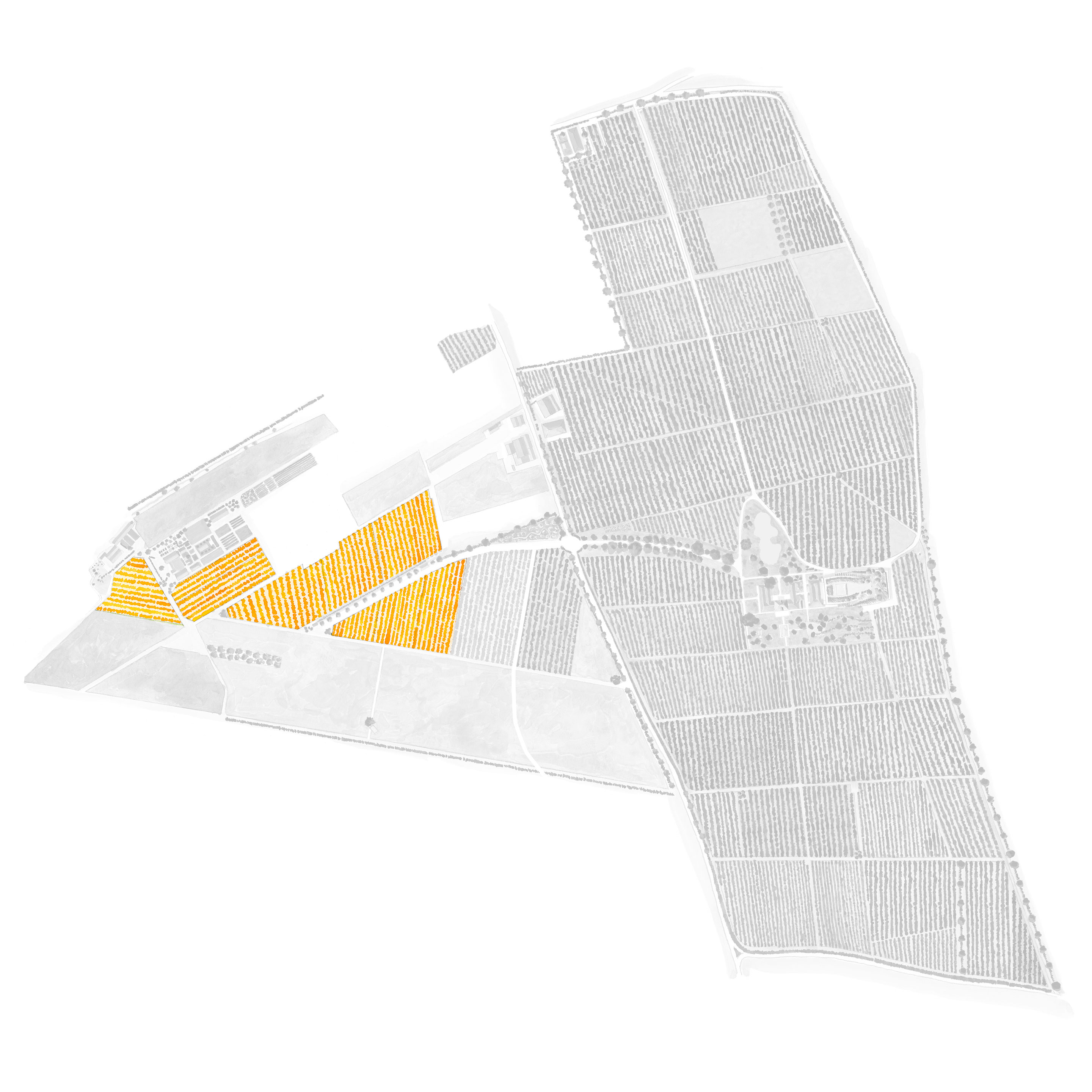
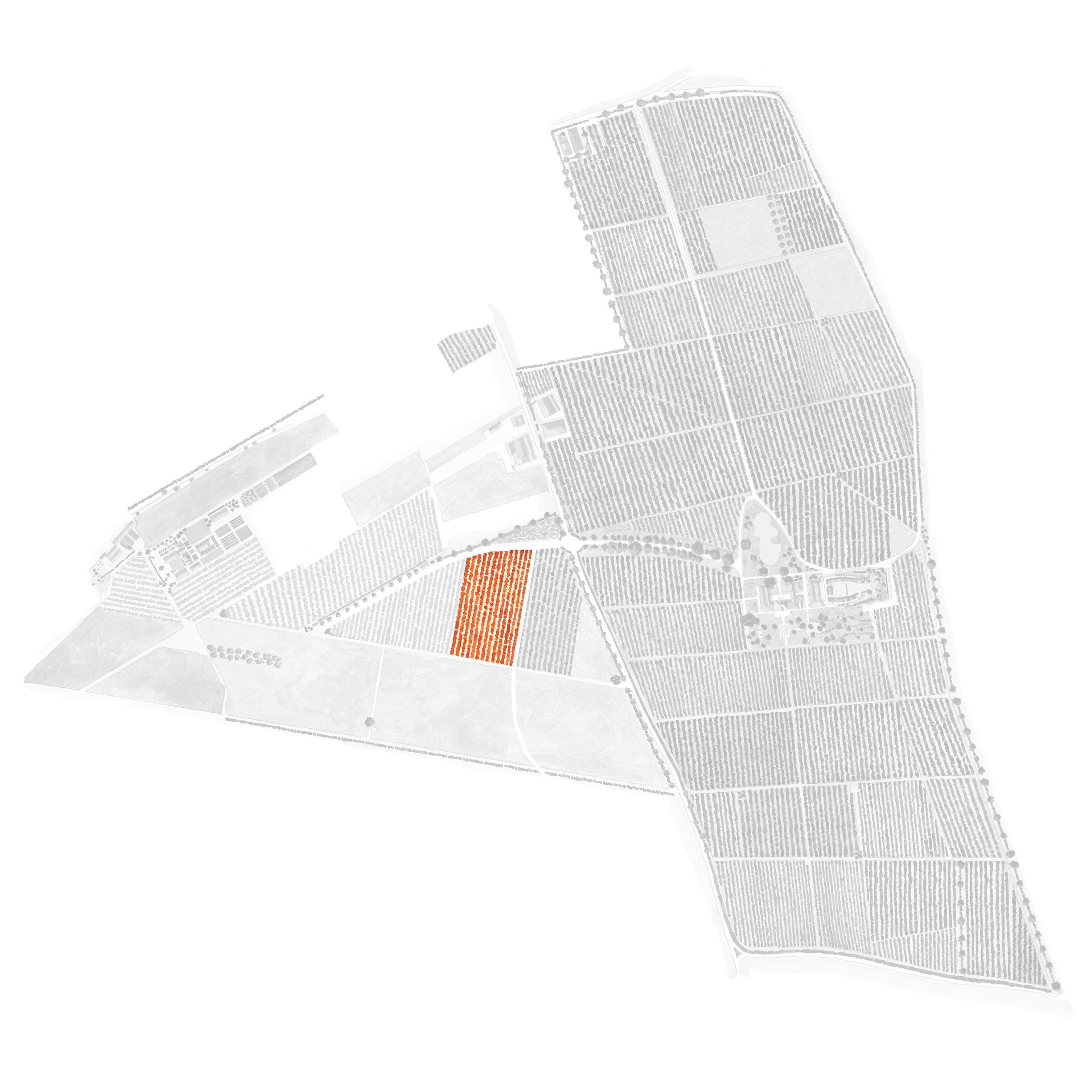
Vintages from 1988 to 2021
Select a vintage














































